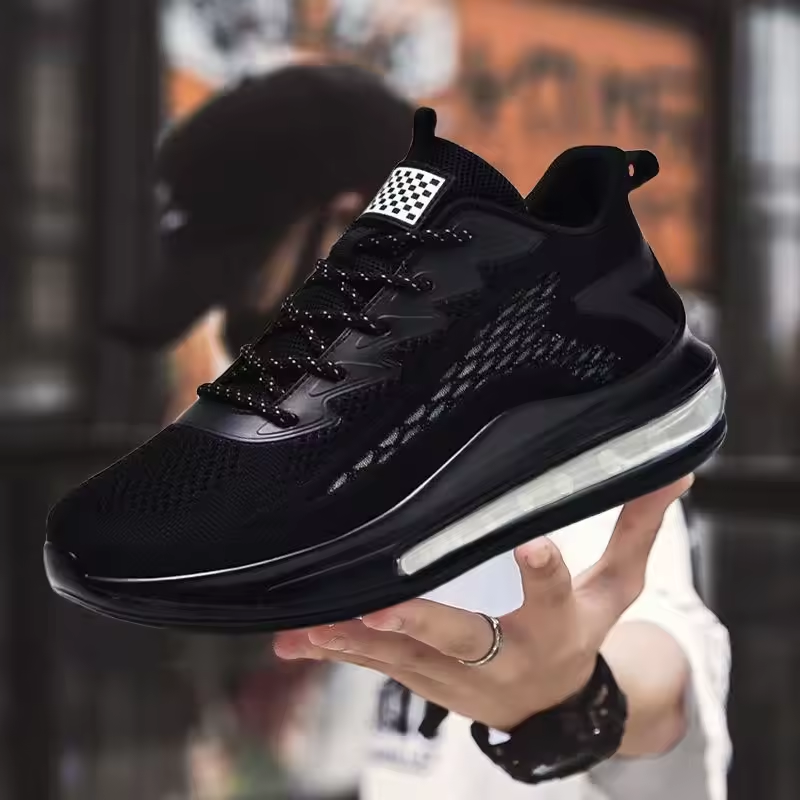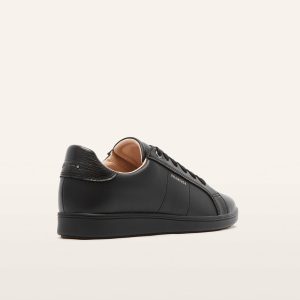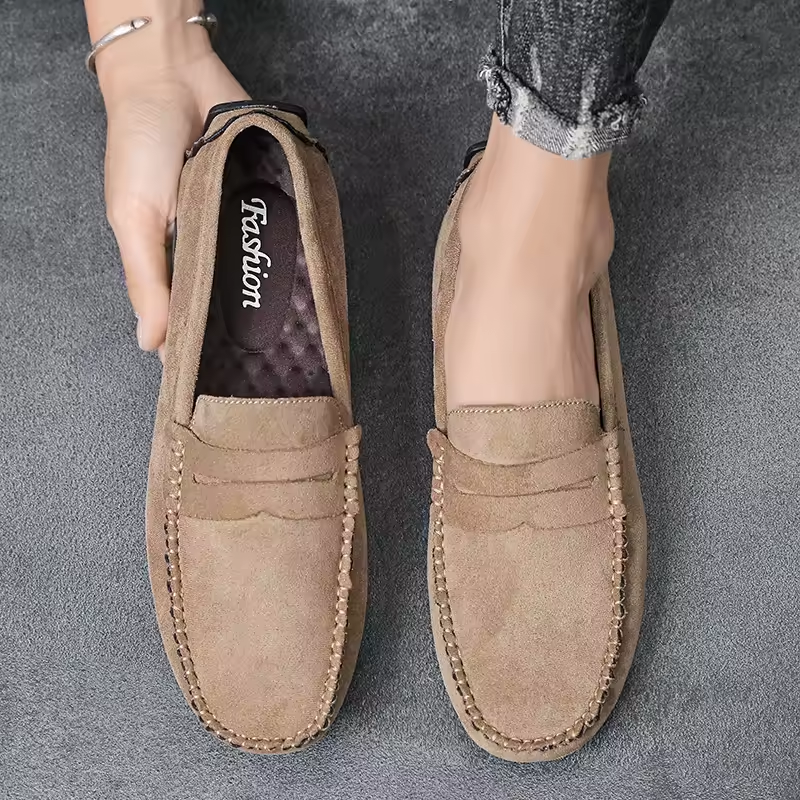Shin splints, also known as medial tibial stress syndrome, are a common issue for runners and athletes alike. This condition causes pain along the front or sides of the shin bone and is often associated with exercise-induced stress on the muscles and bones of the lower leg. Finding the right pair of running shoes can make a significant difference in alleviating discomfort and preventing future occurrences of shin splints. This article will explore the best running shoes for shin splints, focusing on their features and benefits to help runners find relief and comfort.
Causes and Symptoms of Shin Splints
What Are Shin Splints?
Shin splints refer to pain along the shinbone or tibia. This discomfort is common in runners. It happens when muscles, tendons, and bone tissue are overworked. The condition is also known as medial tibial stress syndrome. It often affects beginners or those who suddenly increase training intensity.
Common Causes of Shin Splints
Shin splints develop due to repetitive stress on the lower legs. Common causes include:
- Running on hard or uneven surfaces.
- Overtraining without proper rest.
- Wearing improper or worn-out running shoes.
- Poor running form or mechanics.
- Tight muscles, especially in the calves and hamstrings.
These factors increase strain on the shinbone and surrounding tissues.
Recognizing the Symptoms
Understanding the symptoms of shin splints is crucial. Typical signs include:
- Persistent pain on the inner side of the shin.
- Increasing discomfort during exercise or running.
- Swelling or tenderness in the lower leg.
- Pain that may reduce after resting but returns with activity.
Identifying these symptoms early can help prevent worsening of the condition.
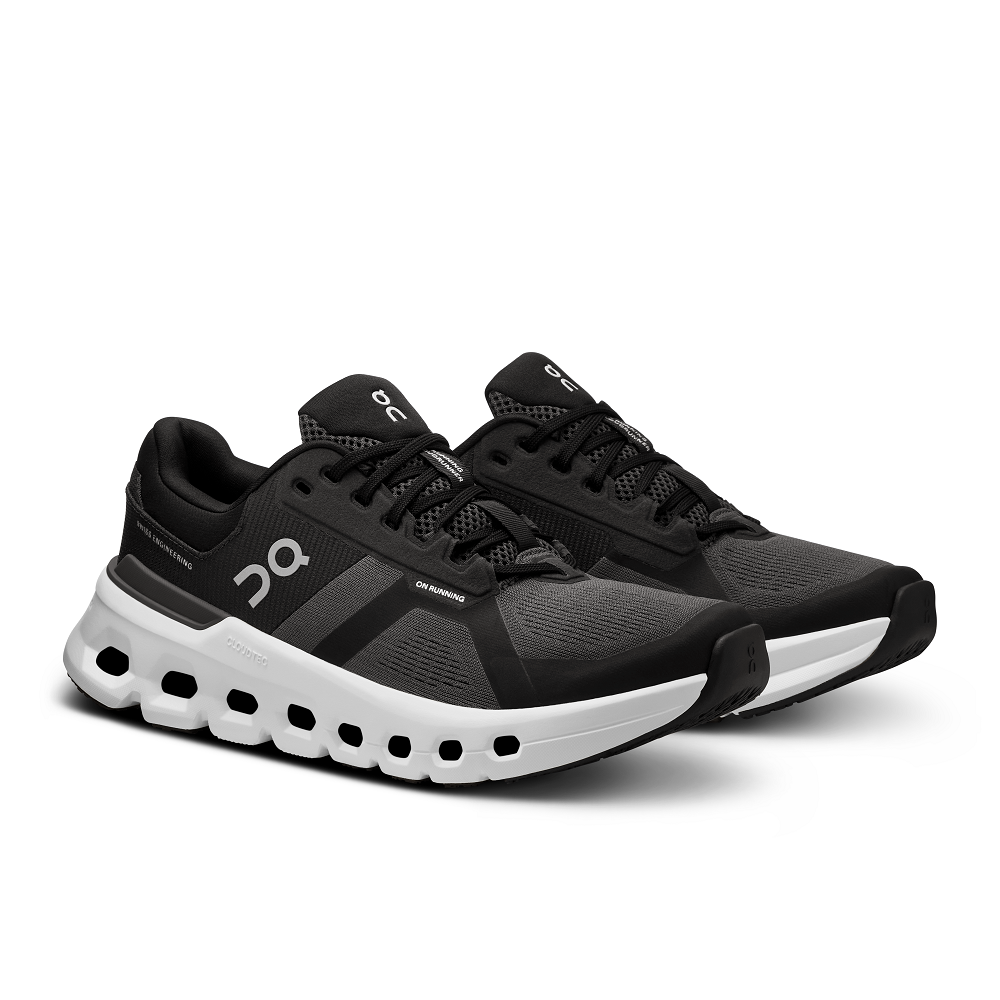
Importance of Choosing the Right Running Shoes
Choosing the right running shoes is critical for managing shin splints. Proper footwear helps reduce stress on the lower legs. It ensures optimal support and alignment during runs. With the right shoes, runners can minimize discomfort and prevent injuries from worsening.
How Running Shoes Impact Shin Splints
Running shoes play a vital role in shin splint management. Unsuitable shoes increase stress on the shinbone and surrounding tissues. Shoes lacking proper support or cushioning amplify impact forces during runs. Over time, this worsens shin splint pain and may lead to chronic issues. On the other hand, well-designed shoes absorb shock and distribute pressure evenly. They support muscle function, improve stride mechanics, and alleviate symptoms effectively.
Features to Look for in Shin Splint-Friendly Shoes
Identifying the right features is key to choosing shin splint-friendly running shoes. Focus on:
- Superior cushioning: Reduces impact during each stride, lessening stress on the shins.
- Arch support: Ensures proper foot alignment, minimizing strain on the tibia.
- Flexibility: Allows for natural movement without putting extra pressure on muscles.
- Durability: Long-lasting shoes maintain their support even under regular training loads.
- Shock absorption: Protects the lower legs from repetitive pounding on hard surfaces.
These features enhance comfort while reducing the risks associated with shin splints.
The Role of Cushioning and Stability
Cushioning and stability together play a central role in relieving shin splints. Good cushioning absorbs impact forces, preventing excess stress on the tibia. Stability features keep the foot aligned and steady throughout the running motion. Overpronation can worsen shin splints if shoes lack stability features. Therefore, a combination of these two elements ensures effective support and protection. Incorporating these features helps runners maintain a comfortable and injury-free experience.
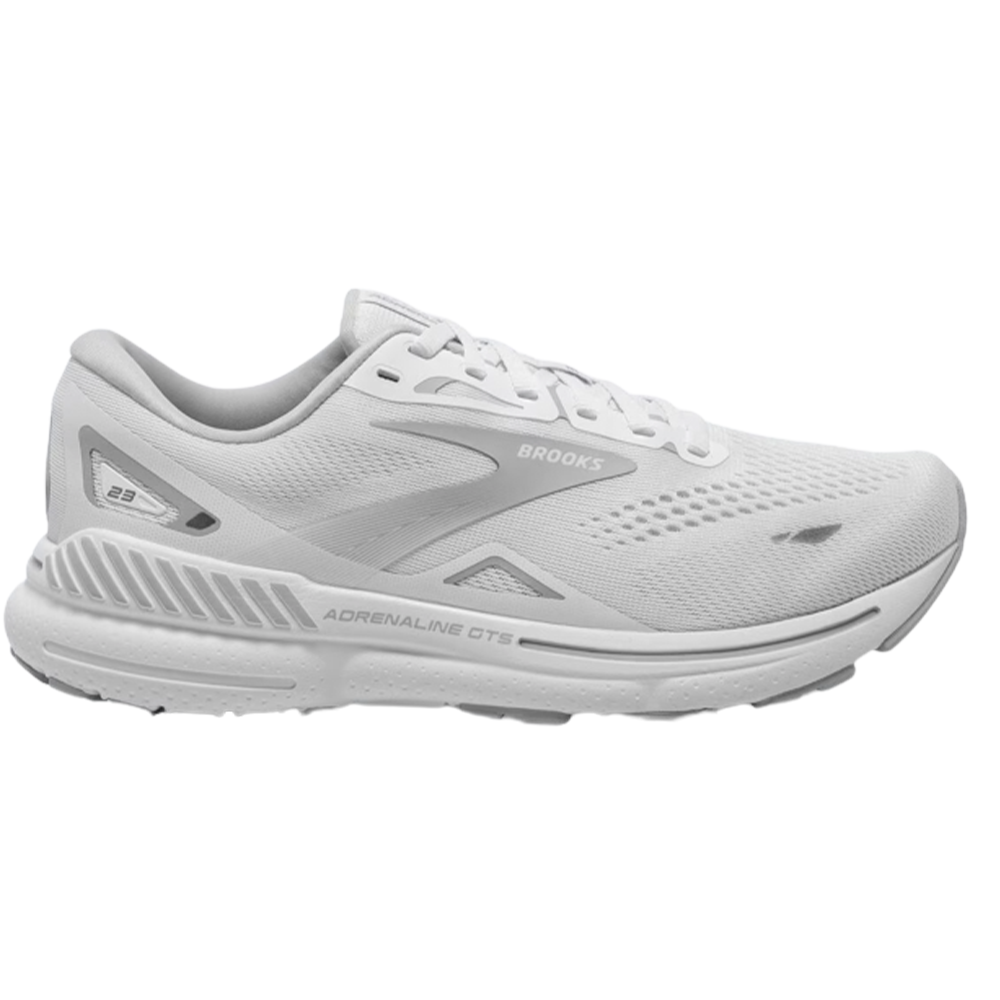
Top Running Shoe Brands for Shin Splints Relief
Finding the right running shoe brand is crucial for managing shin splints effectively. Certain brands specialize in creating footwear that reduces impact and offers superior support. Here are some top recommendations.
Brand Recommendations for Pain Prevention
- ASICS: Known for its advanced cushioning, ASICS prioritizes shock absorption and stability. The GEL series is particularly popular for its impact-dampening qualities.
- Brooks: This brand focuses on comfort and support. Brooks shoes often feature excellent arch support and durable cushioning.
- New Balance: Offering a range of widths and stability features, New Balance ensures a perfect fit for every runner.
- HOKA ONE ONE: Renowned for its maximalist cushioning, HOKA shoes provide unparalleled shock absorption and comfort.
- Saucony: Saucony combines cushioning and flexibility, delivering a smooth ride with adequate support to reduce shin strain.
- Nike: With innovative designs and responsive cushioning, Nike shoes are a solid choice for shin splint relief.
Specific Models for Shin Splints Relief
- ASICS GEL-Kayano: Perfect for overpronators, it combines GEL cushioning with excellent arch support, preventing shin stress.
- Brooks Adrenaline GTS: This model features GuideRails? support, which ensures proper foot alignment and reduces strain.
- New Balance Fresh Foam 1080: Offers plush cushioning and enhances comfort for runners prone to shin pain.
- HOKA ONE ONE Bondi: The Bondi series is known for its extra-thick cushioning, ideal for runners on hard surfaces.
- Saucony Triumph: With PWRRUN+ cushioning, it provides a smooth, impact-reducing ride, perfect for shin splints.
- Nike Air Zoom Pegasus: This shoe features responsive foam and great breathability to ensure comfort during long runs.
These brands and models address common shin splint concerns like impact reduction, cushioning, and support. Select the one that suits your running style for the best results.

Reviews of the Best Running Shoes for Shin Splints
Comparison of Features and Benefits
If you’re searching for the best running shoes for shin splints, understanding their features is vital. Here’s how the top models stack up:
- ASICS GEL-Kayano:
- Offers GEL cushioning and arch support.
- Ideal for overpronation.
- Reduces stress on the tibia and shin.
- Brooks Adrenaline GTS:
- Features GuideRails? support technology.
- Stabilizes feet for better alignment.
- Ensures minimal strain during runs.
- New Balance Fresh Foam 1080:
- Provides plush Fresh Foam cushioning.
- Excellent for long-distance comfort.
- Reduces impact on hard surfaces.
- HOKA ONE ONE Bondi:
- Known for maximal cushioning.
- Lowers impact forces effectively.
- Suitable for runners with shin pain.
- Saucony Triumph:
- Equipped with responsive PWRRUN+ cushioning.
- Flexible for smooth transitions.
- Minimizes shin strain efficiently.
- Nike Air Zoom Pegasus:
- Delivers responsive foam technology.
- Offers excellent breathability.
- Ensures both comfort and performance.
By comparing these features, you can prioritize what best suits your running needs.
User Feedback on Performance and Comfort
Runners’ experiences provide valuable insights about shoe performance for shin splints relief:
- ASICS GEL-Kayano: Loved for its stability and pain relief during runs. Wearers appreciate the GEL cushioning.
- Brooks Adrenaline GTS: Users praise the GuideRails? system for maintaining alignment and reducing discomfort.
- New Balance Fresh Foam 1080: Frequently highlighted for its plush feel and durability.
- HOKA ONE ONE Bondi: Gathers positive reviews for its thick cushioning and reduced impact on hard terrain.
- Saucony Triumph: Famed for its responsive cushioning, which users say helps during long-distance runs.
- Nike Air Zoom Pegasus: Many enjoy its lightweight design and responsive foam for added speed and comfort.
User feedback emphasizes how these shoe models promote comfort while helping with shin splints. Selecting a shoe that aligns with your needs ensures a better running experience.
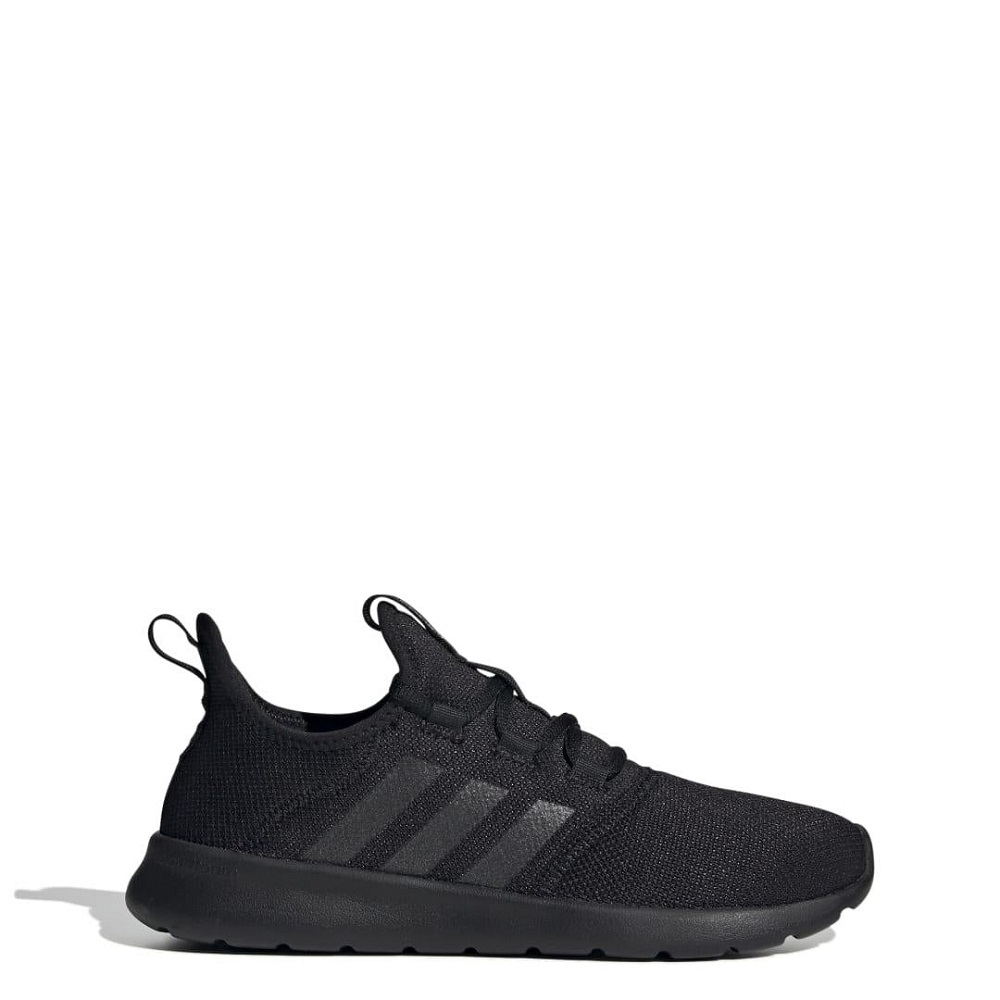
Choosing the Perfect Running Shoes for You
Selecting the right running shoes is crucial for managing shin splints effectively. It ensures comfort, proper support, and reduces the risk of injury. By considering your needs and testing the shoes thoroughly, you can find the ideal pair.
Factors to Consider Before Purchasing
When choosing the best running shoes for shin splints, focus on these essential factors:
- Foot arch type:
- Determine if you have high arches, normal arches, or flat feet.
- Pick shoes with specific arch support for your foot type.
- Running terrain:
- Identify where you’ll run most often (trail, road, or treadmill).
- Choose shoes suited for the terrain to maximize comfort and durability.
- Cushioning level:
- Prioritize shoes with ample cushioning to minimize impact on your shins.
- Softer midsoles help absorb shock better during runs.
- Shoe fit:
- Ensure the shoes provide a snug and secure fit.
- Avoid tight or loose-fitting shoes which may cause discomfort or injuries.
- Stability features:
- Opt for stability-enhancing features if you overpronate.
- These elements prevent excessive strain on the tibia and surrounding tissues.
- Durability:
- Choose shoes made from high-quality materials.
- Durable shoes maintain their support and cushioning over time.
Tips for Testing Your Running Shoes
Before making a purchase, test the shoes to ensure they meet your needs:
- Walk and jog:
- Try walking and jogging in the store to evaluate comfort and fit.
- Check toe space:
- Ensure half an inch of space between your toes and the shoe front.
- Proper room prevents toe cramping during longer runs.
- Evaluate arch support:
- Observe how the arch feels during movement.
- Make sure it aligns perfectly with your foot shape.
- Analyze cushioning response:
- Check if the midsole absorbs impact effectively.
- Avoid shoes that feel too firm for shin splints.
- Test stability features:
- Stand and shift your weight side to side.
- Stability in movement indicates good alignment support.
Taking the time to test and evaluate your shoes will ensure they provide optimal relief for shin splints and enhance your running experience.
Additional Tips for Managing Shin Splints
Shin splints can interrupt your running routine and cause discomfort. Incorporating effective strategies can help you alleviate pain and prevent recurrence. Below are proven methods to manage shin splints effectively.
Stretching and Strengthening Exercises
Stretching and strengthening exercises improve flexibility and lower-leg strength. This can reduce the strain causing shin splints.
- Calf stretches: Stretch your calves by placing your hands on a wall, stepping back, and pressing your heel down. Hold for 15–30 seconds.
- Toe stretches: Point and flex your toes to loosen up tension around the tibia.
- Shin stretches: Sit with your legs straight, and move your toes towards you and away. Repeat for 10–15 reps.
- Lower-leg strengthening: Perform exercises like toe raises and heel walks to strengthen your shins and calves.
- Balance training: Use a wobble board or stand on one foot. This builds stability and prevents overuse injuries.
Commit to these exercises daily or after running to support better recovery and long-term relief.
Running Techniques to Minimize Impact
Adjusting your running technique is crucial to reduce impact forces on your lower legs. Here are some tips:
- Shorten stride length: Maintain shorter strides to minimize poundings on hard surfaces.
- Run on soft surfaces: Prefer trails or grass over concrete to reduce shock on your shins.
- Land mid-foot: Avoid heel strikes, which increase impact and shin stress.
- Maintain upright posture: Keep your body aligned to ensure smooth movement.
- Gradual mileage increase: Avoid sudden spikes in training volume to prevent overuse.
Improving your running form not only prevents shin splints but enhances overall efficiency. Combine actionable steps with proper footwear and regular breaks for optimal shin health.
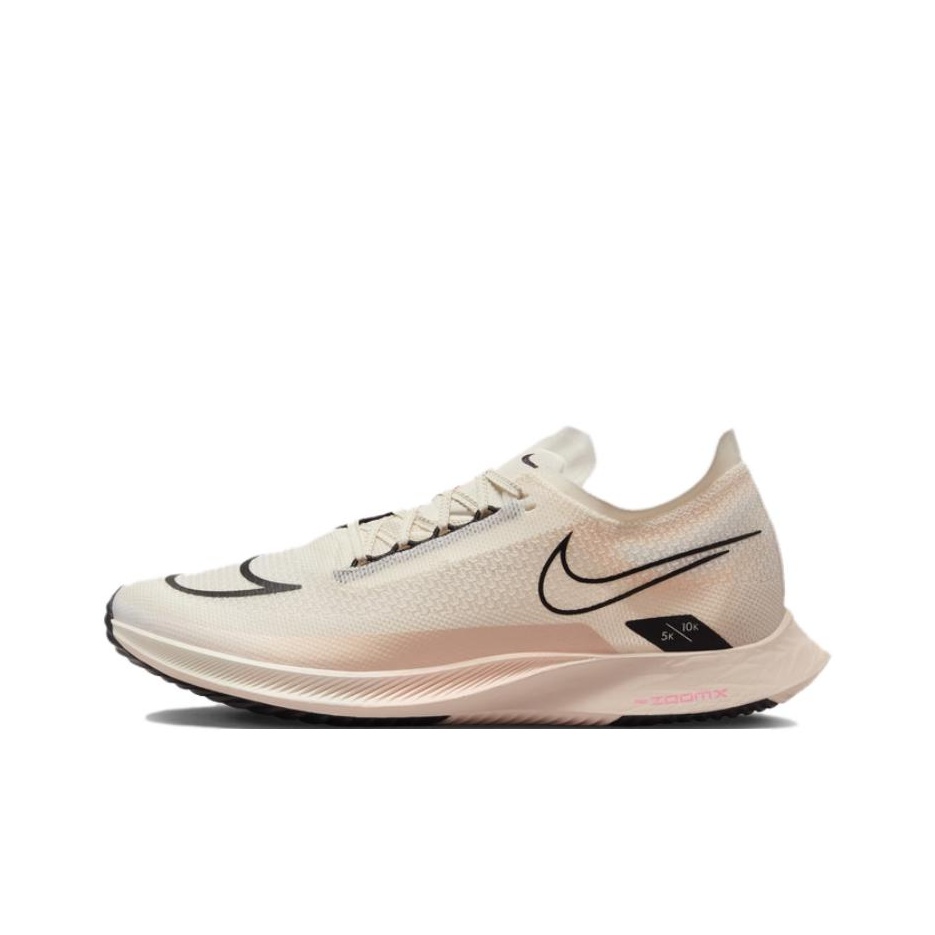
When to Replace Your Running Shoes
Replacing running shoes at the right time is key for managing shin splints effectively. Worn-out shoes lose their cushioning and support, increasing stress on your lower legs.
Identifying Signs of Wear and Tear
Recognizing wear and tear early can help prevent shin splints. Look for these signs:
- Flattened cushioning: If midsoles feel firm and fail to absorb impact, it’s time to replace them.
- Tread wear: Check for worn-out soles, especially around the heel or forefoot areas.
- Reduced arch support: Noticeable sagging in shoes may lead to poor foot alignment.
- Uneven wear patterns: Shoes leaning or showing asymmetry indicate loss of stability.
- Comfort issues: Increased discomfort during runs signifies diminished cushioning or structure.
Inspecting these factors regularly helps ensure your shoes still support shin splint relief.
The Importance of Timely Shoe Replacement
Replacing your shoes on time prevents injuries and enhances running performance. Here’s why it’s essential:
- Restoring impact absorption: Fresh shoes offer adequate cushioning to protect your shins.
- Maintaining stability: New shoes ensure proper foot alignment, reducing excess strain.
- Enhancing comfort: Replacing worn-out shoes improves overall running experience.
- Preventing long-term damage: Delaying replacement exacerbates shin splints and creates other foot problems.
- Boosting durability: Investing in quality replacements ensures shoes last through intense training.
Most running shoes should be replaced every 300–500 miles of usage. Follow mileage guidelines and inspect shoes regularly. Timely replacement keeps shin splints at bay and supports healthier runs.
Incorporating Training and Recovery Practices
Strengthening Exercises
Incorporating strength training into your routine can help prevent shin splints while improving overall running performance. Focus on exercises that strengthen the lower leg muscles, including calf raises, toe raises, and foot drills. Building strength in the muscles surrounding your shins can enhance stability and minimize the risk of injury.
Proper Warm-Up and Stretching
Warming up correctly and incorporating stretching into your routine is vital for preventing shin splints and ensuring a successful run. A dynamic warm-up can prepare the muscles and increase blood flow, reducing the likelihood of injuries. Additionally, incorporate stretching routines focusing on the calves, hamstrings, and quads to maintain flexibility and reduce tension in the lower legs.
In conclusion, selecting the best running shoes for shin splints involves understanding the importance of comfort, support, and fit. By considering key features and trying on various options, you can find the right pair to alleviate pain and enable enjoyable running experiences. Whether you choose the Asics Novablast 4, Brooks Ghost 14, Hoka Bondi 7, or New Balance Fresh Foam 1080v12, these shoes can help you maintain an active lifestyle. Coupled with proper training and recovery practices, you can find relief and comfort while pursuing your running goals.


